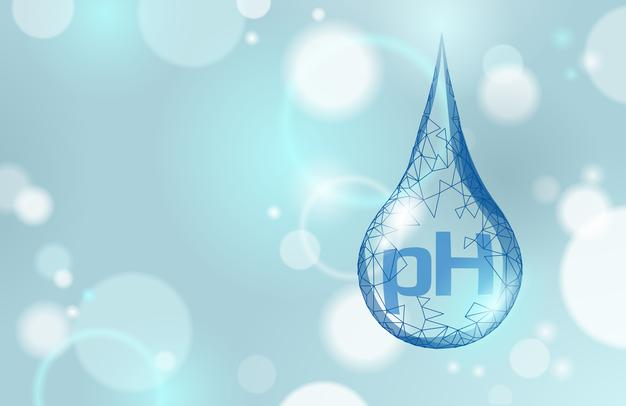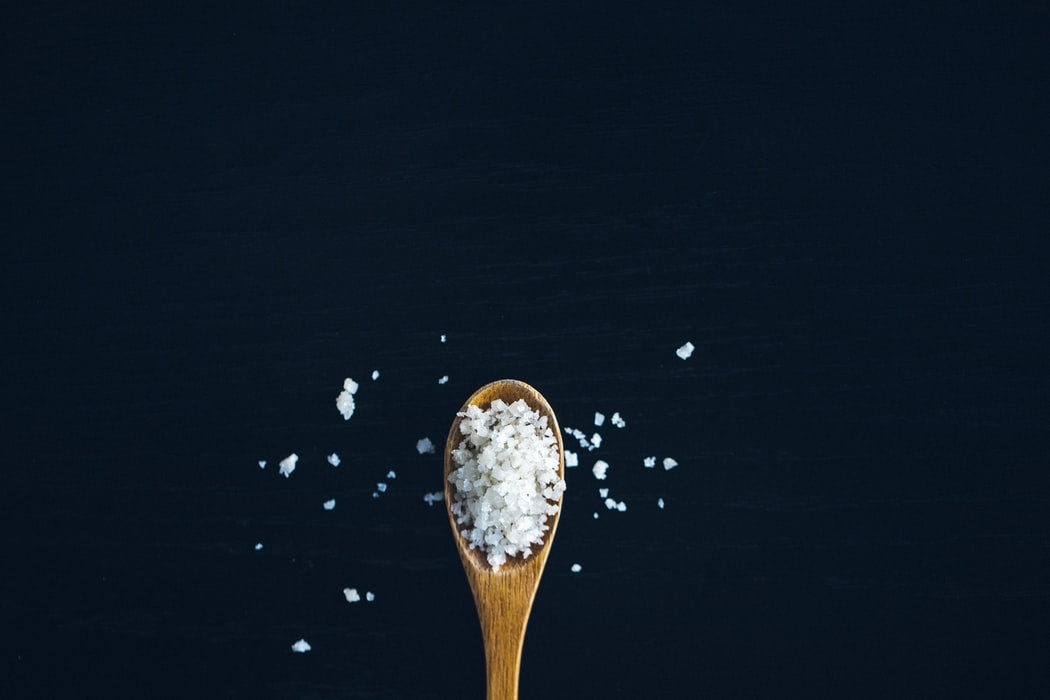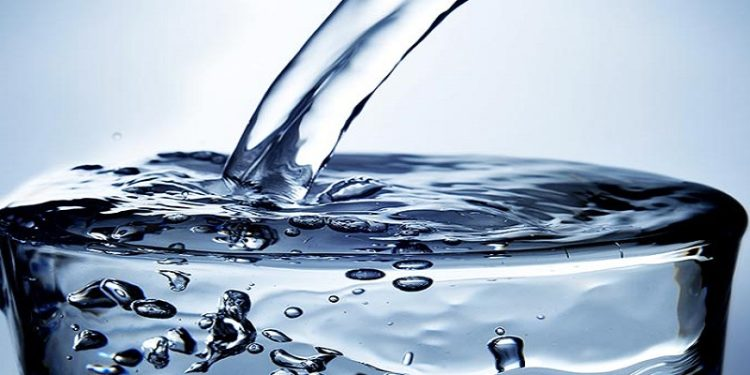Drinking polluted water exposes people to specific water contaminants that can lead to a number of waterborne diseases. Water-related diseases are caused by viruses, bacteria and protozoa. Several other diseases arise from toxins produced by harmful algae and cyanobacteria. Other major sources include chemicals from manufacturing and industrial facilities, agricultural and farming activities, human activities, etc.
In this article, we will cover 15 dangerous diseases caused by contaminated drinking water, their symptoms, causes, and what you can do to prevent them.
Sources of water pollution
Water contaminants come from many different places. However, the main sources are human and animal waste, and agricultural activities, including the use of fertilizers, etc. Runoff and flooding from storm surges and storm surges also increase the risk of pollution.
Water pollution occurs when water-related pathogens and nutrients, such as nitrogen and phosphorus, leach from urban, residential, and agricultural areas into surface water, groundwater, and coastal waters. . Your drinking water can also be contaminated by chemical runoff from manufacturing and industrial plants. There are also natural pathogens and heavy metals that can enter groundwater. People who get water from public or private wells are more susceptible to pathogens.
15 sugar diseases caused by drinking contaminated water
Waterborne diseases are easily transmitted when you use contaminated water for various purposes such as drinking, making ice, washing raw fruits and vegetables, and cleaning. So, you must know the different diseases and the danger they cause.
Here are 15 diseases caused by drinking contaminated water:
1. Salmonellosis virus
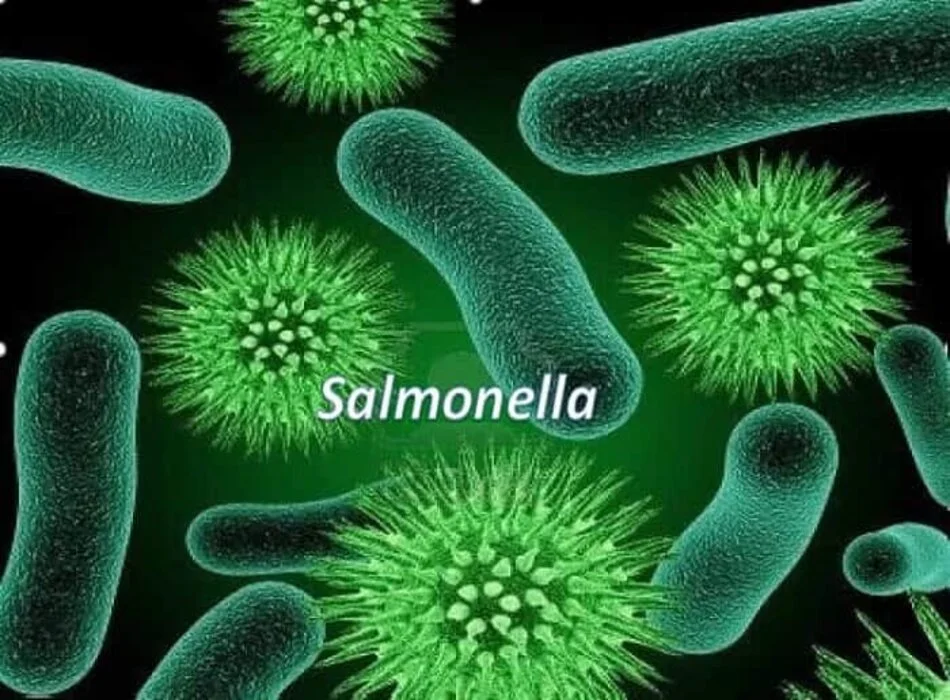
People often get salmonella after eating food or water contaminated with feces. When domestic or wild animals leave their feces in or near water surfaces such as rivers, lakes, ponds, streams, etc., the salmonella virus can enter private wells, water tanks or any other any other water supply, especially after floods.
The toxic waste can then combine with water from a variety of media, including polluted stormwater, agricultural runoff, and other sources. Besides, the disease can come from meat, egg products, undercooked fruits and vegetables, and other contaminated water and foods.
The most common symptoms of salmonellosis include vomiting, fever, diarrhea, abdominal cramps, dehydration (common in infants), and others. However, sometimes individuals can be infected without showing any signs.
2. Hepatitis A
Hepatitis A is a highly contagious disease that mainly affects the liver. You can get sick from drinking water containing hepatitis A virus (HAV) or from close contact with an infected person. Washing and eating foods prepared with contaminated water can also make you infected. People living in areas with poor sanitation and hygiene management are at increased risk of exposure to the virus.
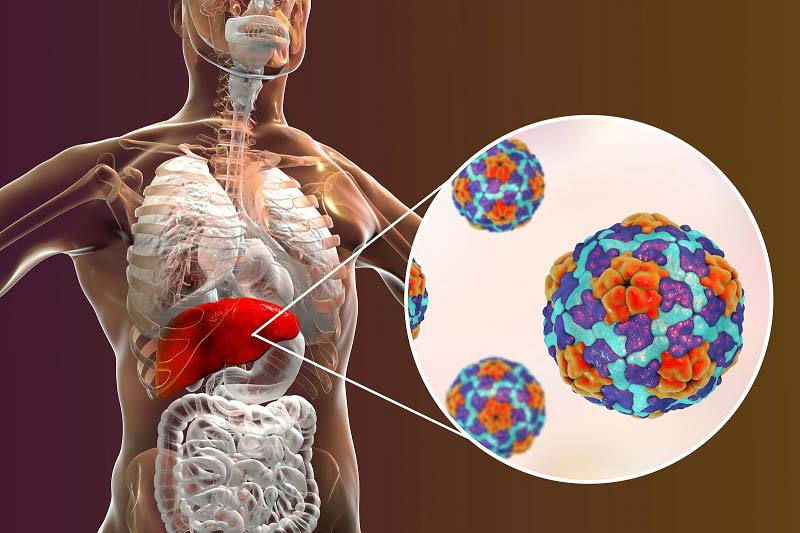
Some symptoms of Hepatitis A include abdominal pain, depression, nausea, fatigue, weight loss, jaundice, fever, loss of appetite, clay-colored stools, and others. The infection usually gets better within a few weeks, but it can become severe and last for several months.
3. Cryptosporidiosis
Cryptosporidiosis, AKA ‘crypto’, is an infection that targets the intestines. The microscopic parasite Cryptosporidium causes disease. This organism lives in the intestines and is present in the feces of infected humans and domesticated animals such as cattle, sheep, cats and dogs. The infection is often spread by ingestion of contaminated food or water, or even by swimming and soaking in contaminated water.
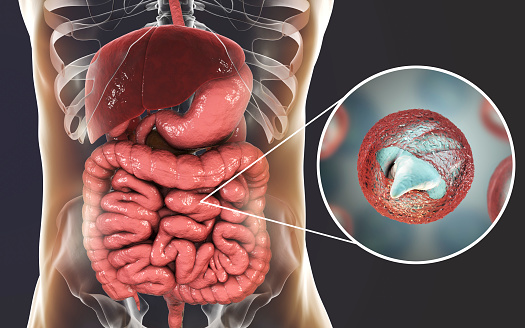
People infected with crypto often have symptoms such as diarrhea, abdominal pain, nausea, vomiting, fever, headache, loss of appetite, etc. Some people infected with the virus may not develop any symptoms.
4. Typhoid
Typhoid is a life-threatening bacterial infection distinguished by ulcers and acute intestinal infections. The bacteria that causes this scary infection is called Salmonella Typhi. It is the same bacteria found in some eggs and chicken. The infection is often called food poisoning or salmonella poisoning. It is often spread when people consume contaminated water or food washed with contaminated water. A person with typhoid can pass harmful bacteria into their blood and intestinal tract.
Some common symptoms of typhoid include persistent fever (as high as 103° to 104° F, or 39° to 40° C), weakness, headache, loss of appetite, stomach pain, rash, or red spots, muscle pain and sweating. Typhoid affects about 12 million people around the world each year.
5. Cholera
Cholera is an infection that mainly affects the small intestine. The bacteria that causes this disease is called Vibrio Chlorae. The virus is transmitted through drinking water containing traces of feces. When untreated water passes through sewers in waterways, it can affect domestic water supplies.
People affected by cholera may experience symptoms, including dehydration, nausea, vomiting (lasting up to an hour in severe cases), severe diarrhea, abdominal cramps and headaches. If not treated properly or promptly, cholera can be fatal in rare cases.
6. Diarrhea
Diarrhea is one of the most common diseases caused by contaminated water sources. It manifests due to intestinal infection or food poisoning due to drinking water contaminated with pathogens from animal or human waste. In most cases, it occurs due to the presence of bacteria, viruses and protozoa in the water. The disease often results in loose, watery stools, which can cause dehydration (loss of electrolytes) and death in young children and infants.
7. Dysentery
Dysentery is a water-borne disease characterized by severe diarrhea, as well as blood or mucus in the stool. It mainly affects the intestines and is spread by poor hygiene. It can also be caused by bacteria, viruses or parasites in unsafe food and drinking water, and by people exposed to feces. People with dysentery often experience common symptoms such as diarrhea, fever, nausea, dehydration, stomach cramps and pain, among others.
8. Amoebiasis (Traveler’s Diarrhea)
If you like to travel, you may have heard about a common waterborne disease that affects millions of travelers each year. It’s called Traveler’s Diarrhea (also known as Aztec Two-Step or Montezuma’s Revenge). It usually occurs within the first week after traveling but can occur at any time during the journey. It can even arise after returning home. 80% of traveler’s diarrhea is caused by enteric pathogenic bacteria, especially amoebic protozoa. It commonly infects the large intestine as well as the liver. Symptoms of amoebiasis include mild or severe diarrhea containing mucus and blood. The infection is spread through the consumption of water contaminated by sewage, poor hygiene and the presence of flies.
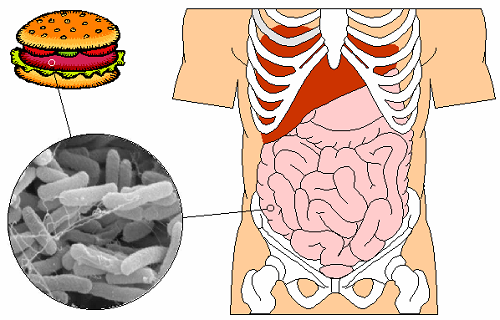
9. Cancer
Drinking water contaminated with chemicals such as methyl tert-butyl ether (MTBE) and chlorinated solvents increases the risk of cancer when a person drinks water from such sources. These substances are carcinogenic, meaning they can damage DNA and cause cancerous tumors. The disease is linked to expensive medical costs, chronic pain and even death. This deadly disease has claimed the lives of many people worldwide.
10. Fluorosis
Fluorosis is a condition that negatively affects tooth and bone health. The disease is often the result of drinking groundwater or surface water containing high concentrations of the chemical fluoride. This chemical occurs naturally in groundwater and affects millions of people globally.
11. Lead poisoning
Lead can enter drinking water through old pipes and solder joints or through the release of toxic chemicals into the water system. When ingested, this metal can cause lead poisoning in humans, one of the life-threatening diseases caused by water pollution. Children are especially susceptible to this disease due to their bodies’ ability to cope with high levels of metals. Lead poisoning can lead to many health conditions such as anemia, problems with the reproductive system and high blood pressure. It can also affect the kidneys and nervous system.
12. Arsenic disease
When you consume water contaminated with arsenic, you are at risk of developing arsenic disease. Arsenicosis is a condition caused by long-term consumption of drinking water with small amounts of arsenic. Chemical poisoning of this disease occurs over a long period of time. This chemical can cause bladder, kidney, lung and skin problems, and can lead to cancer. Arsenicosis affects millions of people worldwide who depend on arsenic-contaminated water.
13. Liver and kidney damage and neurological problems
Drinking chemically contaminated water can lead to some cases of liver and kidney damage. Chemical contaminants such as MTBE and chlorinated solvents are two main culprits. These pollutants have been linked to hepatitis, liver failure, kidney failure or the development of kidney stones. They can also worsen other diseases that require the support of these organs. Long-term exposure to drinking water containing chemical contaminants has also been linked to certain neurological problems such as ADHD.
14. Trachoma (Eye infection)
Trachoma is an eye infection that occurs through poor sanitation and hygiene due to limited clean water sources. It mainly affects children and women. Besides, about six million people worldwide have become blind because of this disease.

15. Polio (Infantile Paralysis)
Polio is a highly fatal viral infection caused by the poliovirus. The infection is spread through water contaminated with feces from an infected person. When the virus enters the bloodstream, it targets and destroys the nervous system, leading to severe weakness. In most cases, it causes paralysis. People who do not get the polio vaccine are at higher risk of being infected with the virus. Symptoms include fever, convulsions, headaches and paralysis in the later stages.
How to remove water contaminants from your tap water
As you can see from the list above, many different diseases can affect your health if you drink contaminated water. Also, note that the majority of the diseases highlighted are caused by the presence of pathogens in drinking water. In addition to proper wastewater treatment and good hygiene practices, one of the best ways to avoid these diseases is to drink only purified water. But how do you remove possible contaminants from your drinking water and make it completely safe to use?
See more: 3 Toxic effects of PFAS in drinking water
To learn more about other powerful and unique water filtration systems distributed by Song Phung, order online at the website https://cleanwater.com.vn/san-pham or call hotline 0913.90.72.74 – 0984.620.494 to order. be consulted in detail.
Follow Fanpage: https://www.facebook.com/SongPhungthietbinganhnuoc/ to update new products
Translator: Duong Nguyen Hoang Khang




